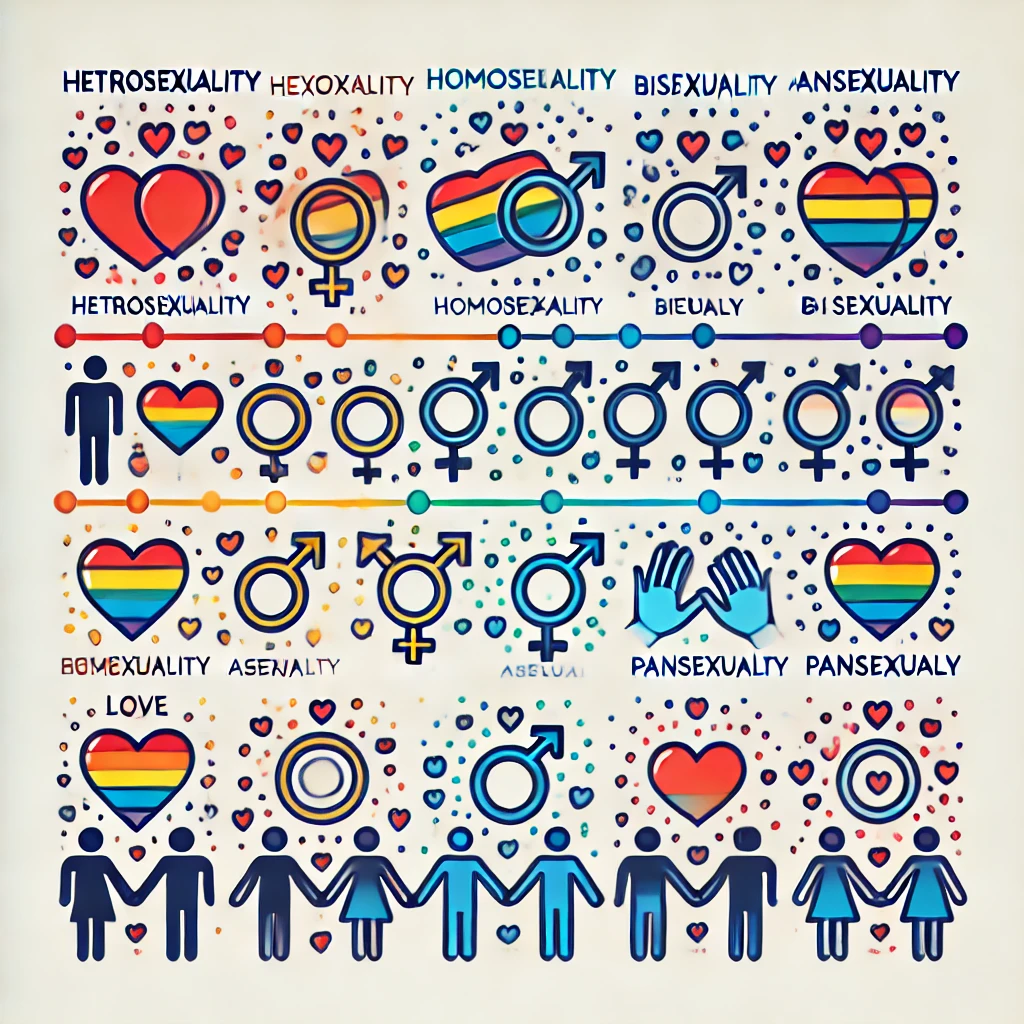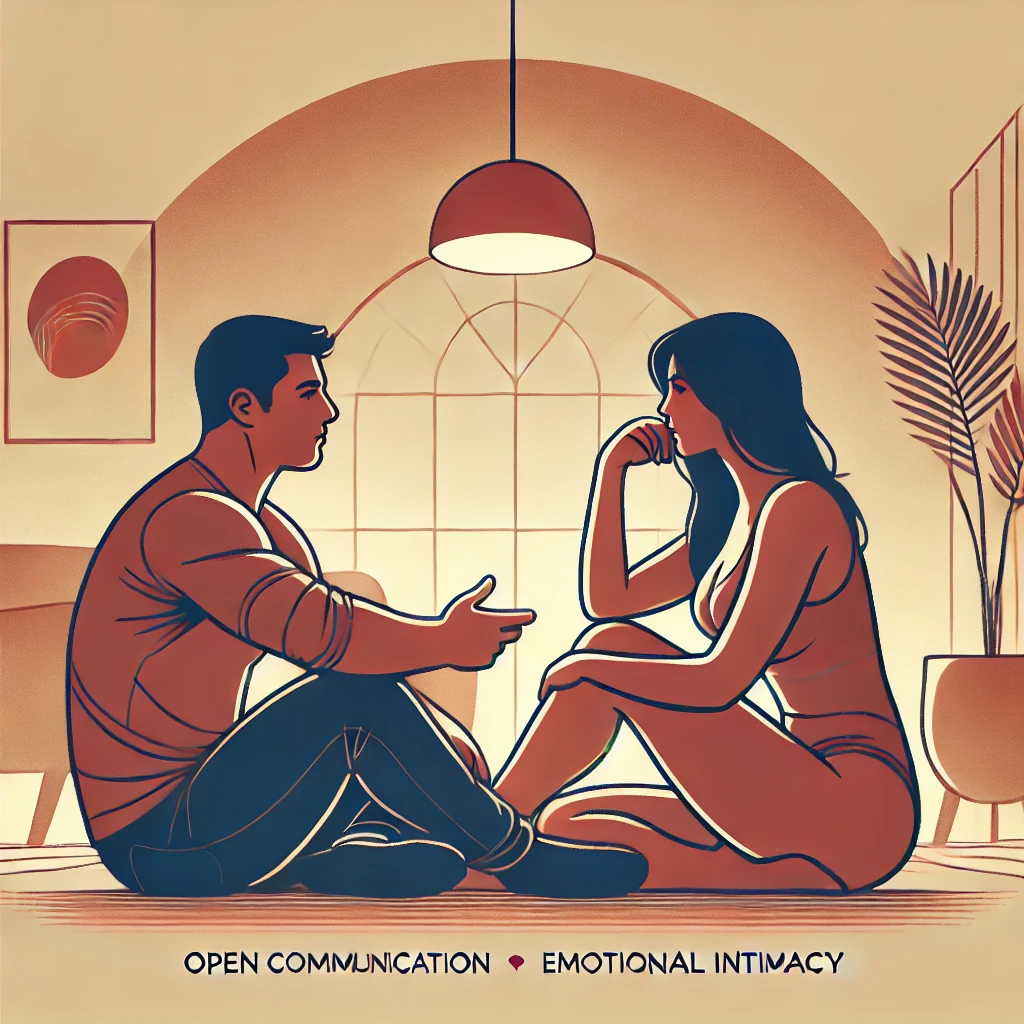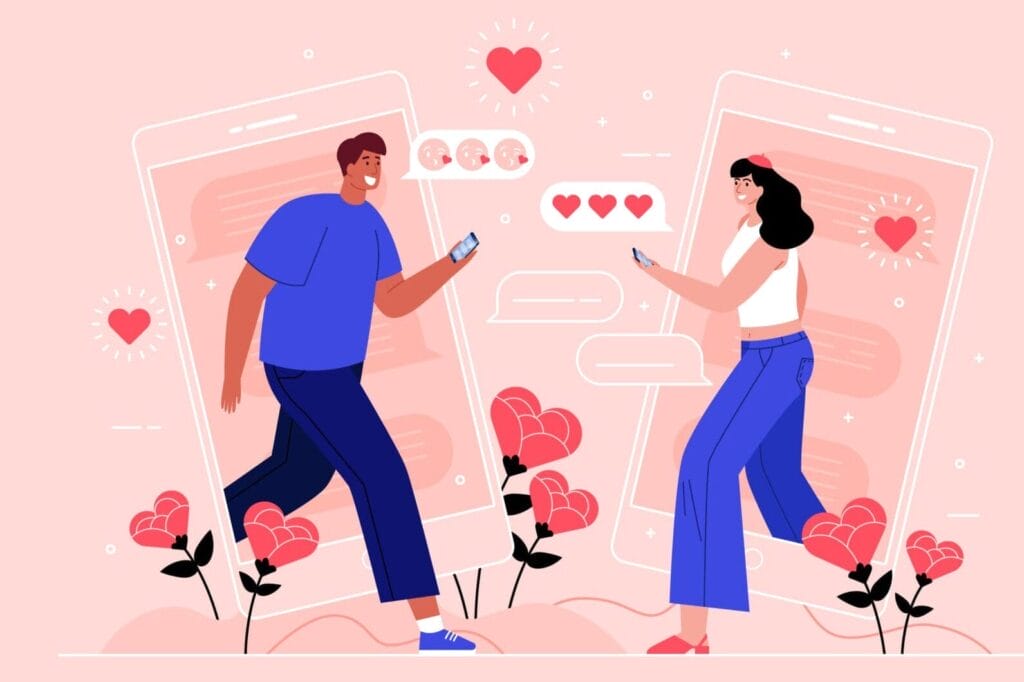Sexuality is key to understanding how individuals experience and express themselves in romantic relationships. While sexuality is often simplified in popular culture, it is, in fact, a multifaceted and deeply personal experience. Understanding sexuality types, from sexual to romantic orientation, can help individuals and couples navigate their relationships with greater awareness and empathy. This article explores various sexuality types, their impact on relationships, and how individuals can utilize this knowledge to foster stronger, more fulfilling connections.

What Is Sexuality?
Have you experienced romantic attraction to somebody unexpected? Is sexuality and gender interdependent? Sexuality is the broad umbrella that includes our sexual orientation, sexual preferences, and how we relate to others in a romantic or intimate context. Our sexuality shapes not only who we are attracted to but also how we express that attraction. Understanding sexuality types helps us better grasp who we are, what we want, and how we function within a relationship.
Sexuality types can vary greatly, and this diversity is vital to understand if we want to create stronger emotional and physical bonds with our partners. Below, we explore different types of sexuality and how they contribute to intimacy in romantic relationships. If you would like to understand better romantic and sexual attraction, your sexual identity, and learn more about sex and gender – this article is for you!
The Different Types of Sexuality in Romantic Relationships
1. Heterosexuality: Attraction to the Opposite Gender
People who identify as heterosexual, commonly referred to as being “straight,” are romantically and sexually attracted to the opposite gender. This is the most recognized form of sexual orientation and has been the societal norm in most cultures throughout history.
Within heterosexual relationships, dynamics can vary significantly, ranging from couples who thrive on emotional intimacy to those who prioritize physical touch. Regardless, heterosexuality often serves as a basis for exploring how partners of different genders connect and communicate their needs. While many assume heterosexual relationships are straightforward, understanding your partner’s individual needs—whether emotional or physical—remains key to success.

2. Homosexuality: Attraction to the Same Gender
Homosexuality is a term used to describe individuals who are romantically and sexually attracted to people of the same gender. Often shortened to “gay” for men and “lesbian” for women, homosexuality has garnered more recognition and acceptance in recent years, although it continues to face challenges in certain cultures and societies.
Like heterosexuality, relationships between same-sex couples involve navigating personal needs and desires. Research shows that homosexual couples often have similar emotional needs as heterosexual ones, emphasizing the importance of communication and mutual understanding to foster emotional and physical satisfaction in relationships.

3. Bisexuality: Attraction to More Than One Gender
Have you ever experienced romantic attraction to the same gender as yours? Bisexuality describes individuals who are attracted to more than one gender. This sexual orientation is often misunderstood or misrepresented, with many assuming that bisexual individuals are indecisive or confused. However, bisexuality is a legitimate sexual orientation, characterized by its fluidity and capacity for attraction across the gender spectrum.
Bisexual individuals may experience different levels of attraction to various genders at different times, making their romantic relationships more complex. For those in a relationship with a bisexual partner, understanding that attraction is not exclusively tied to gender is critical. Mutual trust, open communication, and respect for fluid preferences are key in maintaining a strong bond.
4. Asexuality: Low or No Sexual Attraction
People who identify as asexual experience little to no sexual attraction to others. However, asexuality doesn’t mean the absence of relationships. Asexual individuals may still desire emotional intimacy and romantic partnerships, just without the emphasis on sexual activity.
This unique perspective on relationships requires understanding and compromise from both partners. Asexual individuals often prioritize companionship, intellectual connection, or romantic intimacy over physical closeness. For couples with one asexual partner, discussing expectations and boundaries upfront can help ensure both individuals’ needs are met, even if those needs don’t involve sex.
According to UNC’s resources, asexual individuals might also have varying levels of romantic attraction, and they may identify as aromantic (no romantic attraction) or biromantic, homoromantic, etc., reflecting their romantic preferences.
5. Demisexuality: Emotional Bond Before Sexual Attraction
Demisexuality refers to people who only experience sexual attraction after forming a deep emotional connection. For demisexual people, a strong bond of trust and understanding is a prerequisite for sexual desire. This means that attraction based on emotional connection typically grows over time.
Demisexuality underscores the importance of emotional intimacy in relationships. They desire to engage with the whole personality prior to engaging in sexual behavior. In couples where one or both partners identify as demisexual, creating an emotionally safe and supportive environment is crucial. Communication about emotional needs becomes the foundation upon which sexual intimacy is built.
6. Pansexuality: Attraction Regardless of Gender Identity

Pansexual individuals experience romantic or sexual feelings toward people regardless of sex or gender. Pansexuality differs from bisexuality in that attraction is not influenced by a person’s gender but by their personality or characteristics. Pansexual individuals may be attracted to men, women, non-binary individuals, and others who fall outside the traditional gender binary.
For pansexual individuals, the essence of attraction lies in the person rather than the gender. Relationships with pansexual partners thrive on mutual understanding that transcends traditional gender norms, and emotional depth often plays a larger role in these dynamics than physical attributes.
Tools to Discover Your Sexual Type
If you’re unsure of where you or your partner fall on the sexuality spectrum, there are various tools and professional tests available to help you identify your sexual preferences:
- The Kinsey Scale
Developed by Dr. Alfred Kinsey, this scale is a popular tool for understanding sexual orientation on a spectrum from exclusively heterosexual to exclusively homosexual. The Kinsey Scale helps individuals assess where they fall on the continuum, making it easier to understand their sexual preferences. - The Erotic Blueprint Quiz
Created by sexologist Jaiya, the Erotic Blueprint Quiz identifies five primary sexual blueprints: Energetic, Sensual, Sexual, Kinky, and Shapeshifter. By understanding your sexual blueprint, you can better communicate your needs and desires in a relationship. - Sexual Temperament Questionnaire (STQ)
Created by Dr. Sandra Scantling, the STQ helps couples understand their sexual personalities and preferences. The questionnaire helps identify areas of compatibility and potential friction, enabling couples to work toward stronger, more fulfilling sexual relationships.
Idea: you can discuss the article and suggest your partner or a friend to identify their sexuality.
Gender Differences in Sexual Preferences
When discussing sexuality types, it’s essential to address the influence of gender on sexual preferences. Research from psychologists and experts such as Dr. Sandra Scantling and Dr. John Gottman suggests that men and women often differ in how they express intimacy and sexual desire. Men might prioritize physical intimacy more, while women might seek emotional closeness before engaging in sexual activity.
These differences can be significant when applying the 80/20 rule to relationships. For example, if a woman values emotional connection before physical intimacy (a common characteristic of demisexuality), and her partner focuses primarily on the physical aspect of their relationship, understanding this 20% of emotional needs can lead to 80% more satisfaction and intimacy.

Conclusion: Building Stronger Relationships Through Understanding
People are social beings and experience sexual and romantic attraction to each other. Understanding the various sexuality types—from heterosexuality and homosexuality to demisexuality and pansexuality—allows couples to navigate their relationships with greater empathy and awareness. It is important to remember that we can experience sexual or romantic attraction to different people.
By acknowledging and respecting the differences in sexual preferences and gender roles, couples can build more fulfilling, intimate, and resilient partnerships. In the end, people are attracted to clear communication, mutual understanding, and to mutual respect and appreciation for each other’s unique sexuality types.
References
Bancroft, J. (2009). Human sexuality and its problems (3rd ed.). Elsevier Health Sciences.
Baumeister, R. F. (2001). Sexuality and culture. Psychology Press.
Choosing Therapy. (n.d.). Types of sexuality. Retrieved from https://www.choosingtherapy.com/types-of-sexuality/
Devon Sexual Health. (n.d.). Sexuality and relationships. Retrieved from https://www.devonsexualhealth.nhs.uk/sex-relationships/sexuality/
Miss Jaiya. (n.d.). Erotic blueprint quiz. Retrieved from https://missjaiya.com/
Sexuality Today. (1998). The pleasure bond: Sexuality and power in intimate relationships. Amazon. Retrieved from https://www.amazon.com/Pleasure-Sex-Power-Intimacy-Relationships/dp/0761500484
The Kinsey Institute. (n.d.). The Kinsey scale. Retrieved from https://kinseyinstitute.org/research/publications/kinsey-scale.php
University of North Carolina LGBTQ Center. (n.d.). Asexuality, attraction, and romantic orientation. Retrieved from https://lgbtq.unc.edu/resources/exploring-identities/asexuality-attraction-and-romantic-orientation/












